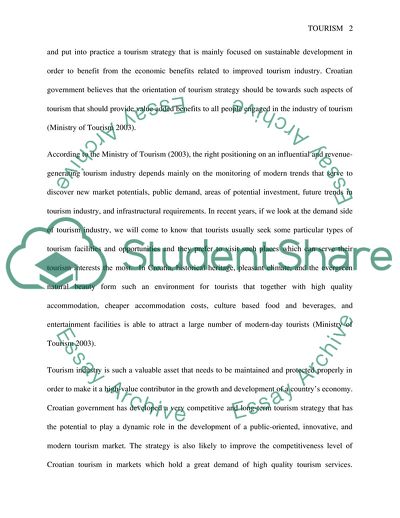Cite this document
(A Critique of Tourism Policy and Planning in Croatia Report - 1, n.d.)
A Critique of Tourism Policy and Planning in Croatia Report - 1. https://studentshare.org/tourism/1792509-a-critique-of-tourism-policy-and-planning-in-croatia
A Critique of Tourism Policy and Planning in Croatia Report - 1. https://studentshare.org/tourism/1792509-a-critique-of-tourism-policy-and-planning-in-croatia
(A Critique of Tourism Policy and Planning in Croatia Report - 1)
A Critique of Tourism Policy and Planning in Croatia Report - 1. https://studentshare.org/tourism/1792509-a-critique-of-tourism-policy-and-planning-in-croatia.
A Critique of Tourism Policy and Planning in Croatia Report - 1. https://studentshare.org/tourism/1792509-a-critique-of-tourism-policy-and-planning-in-croatia.
“A Critique of Tourism Policy and Planning in Croatia Report - 1”. https://studentshare.org/tourism/1792509-a-critique-of-tourism-policy-and-planning-in-croatia.


